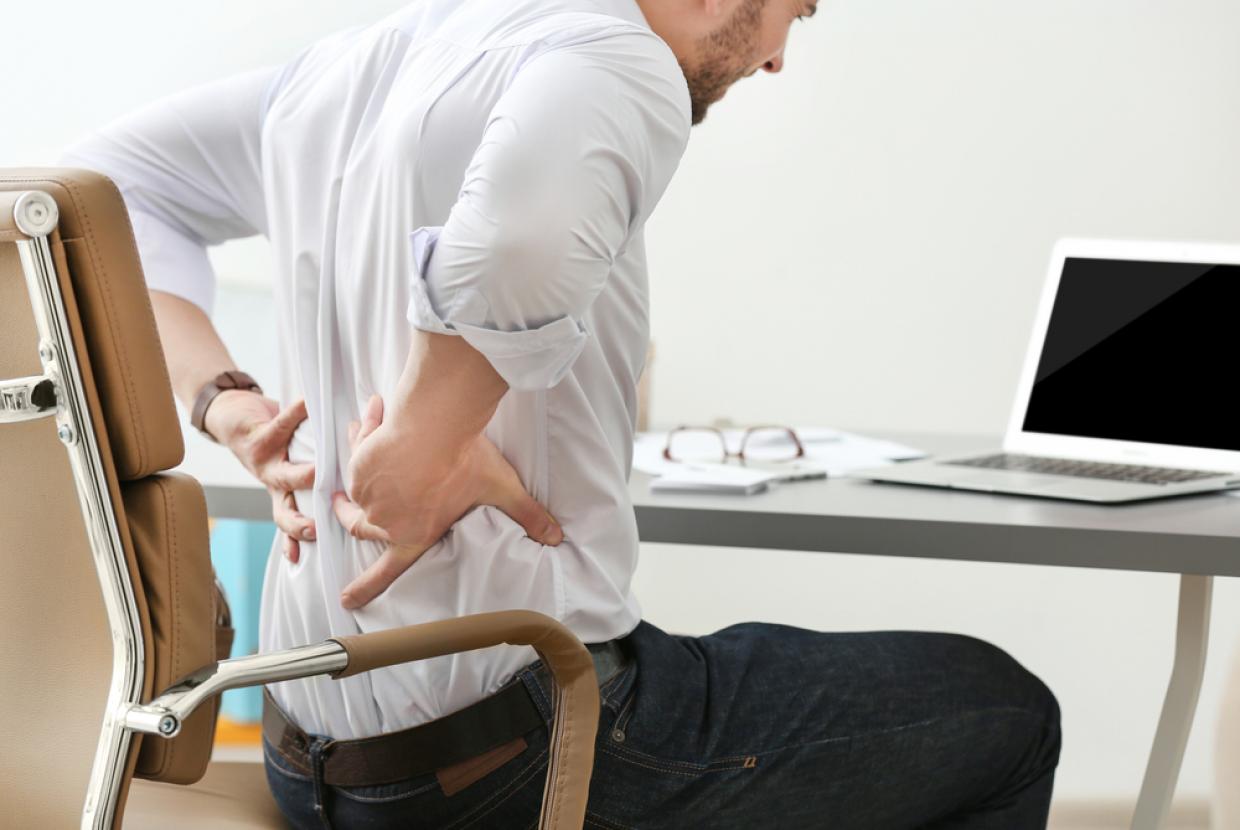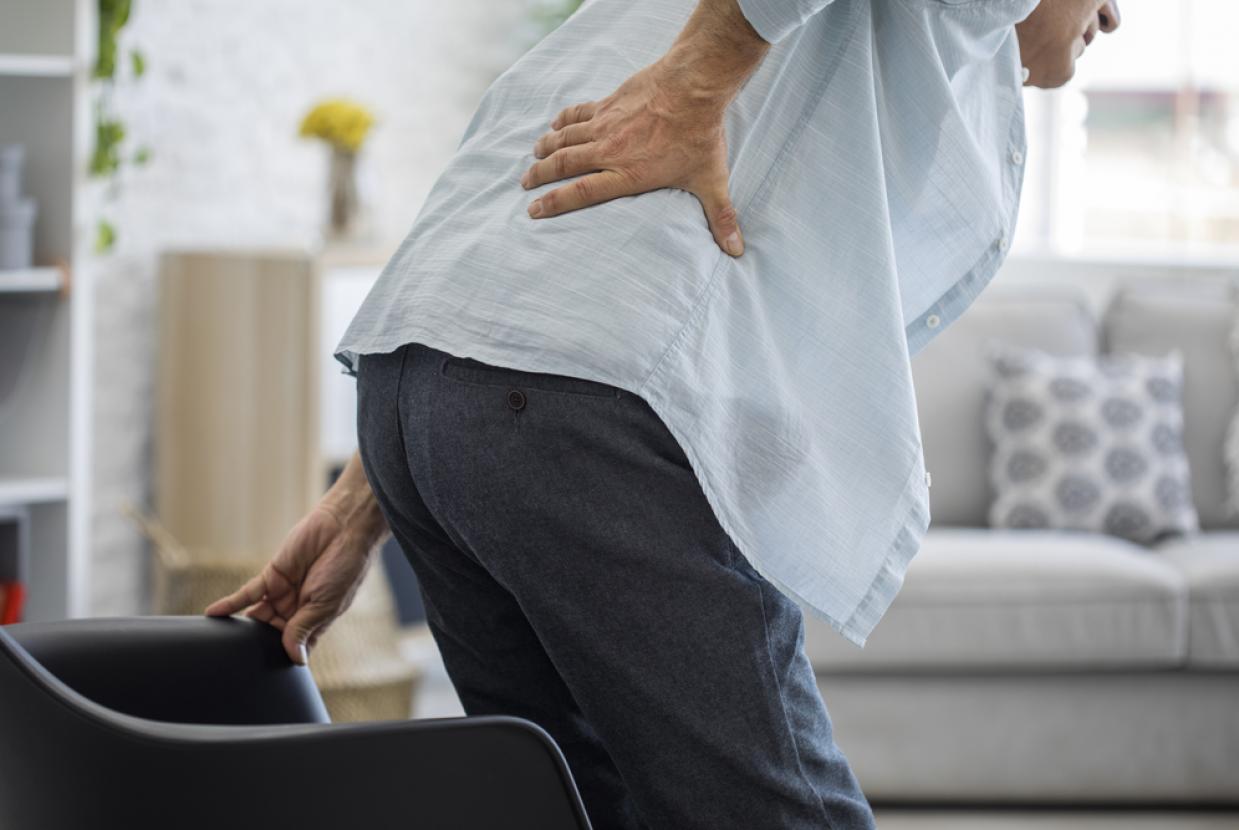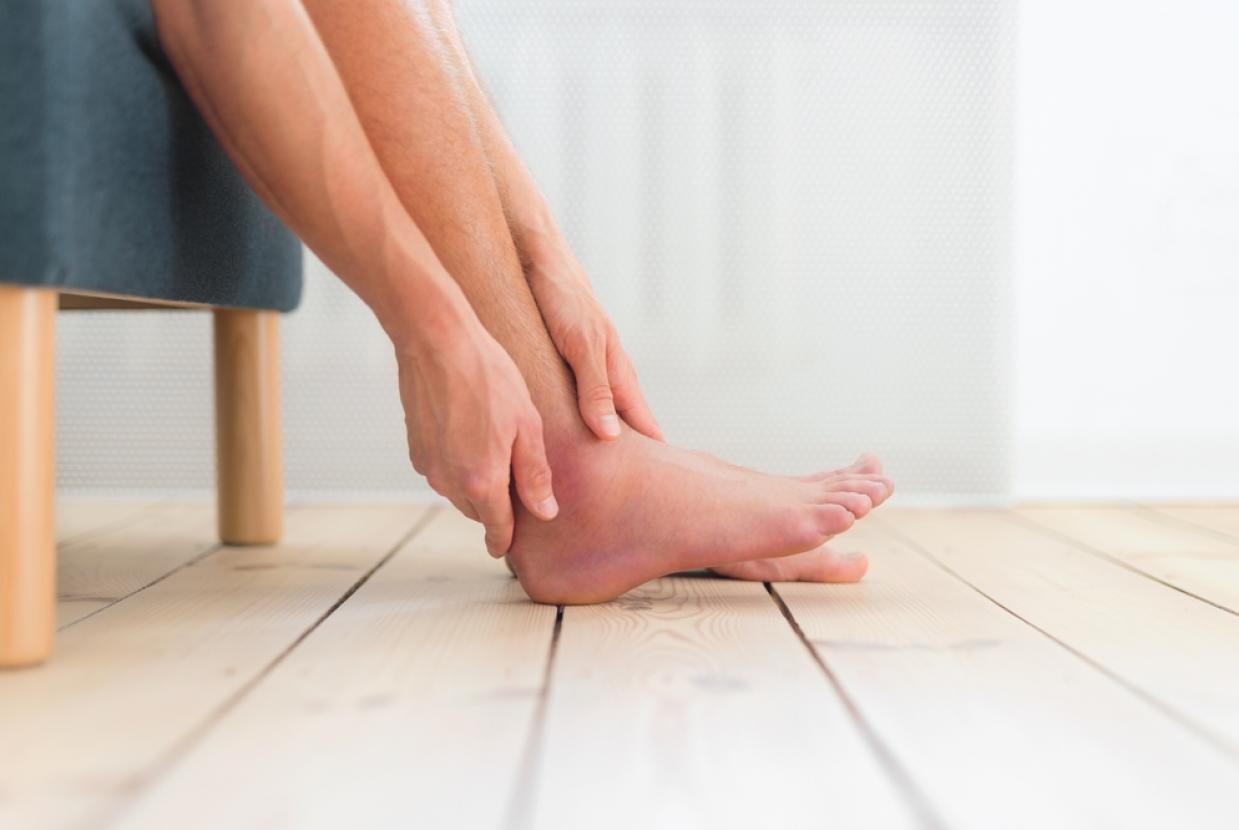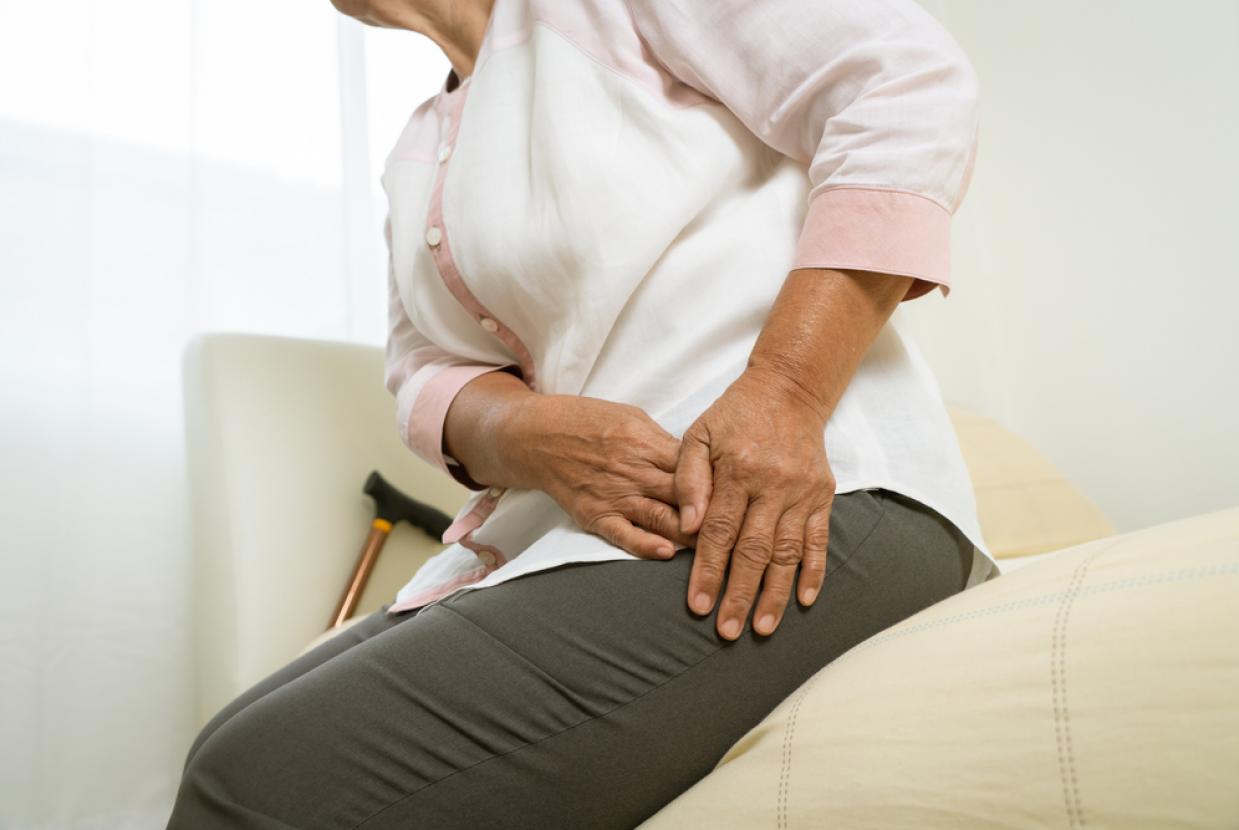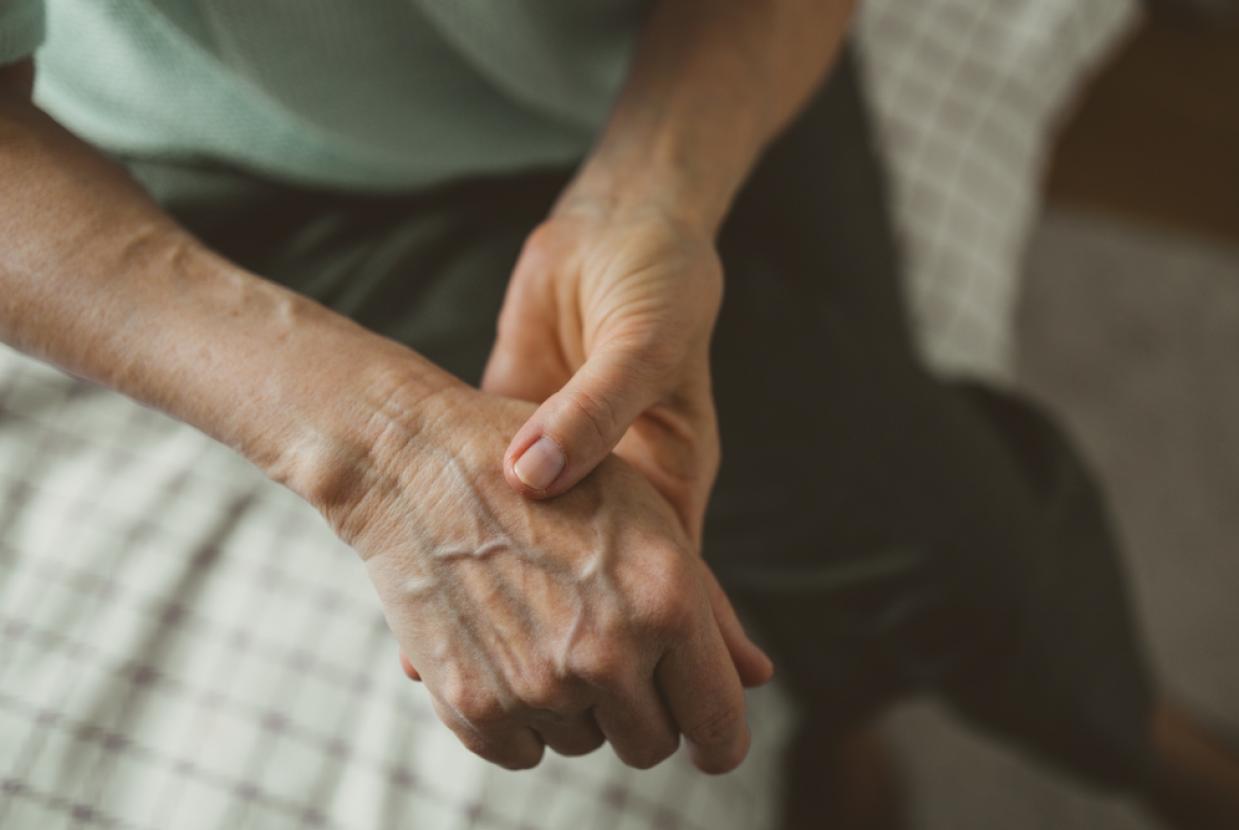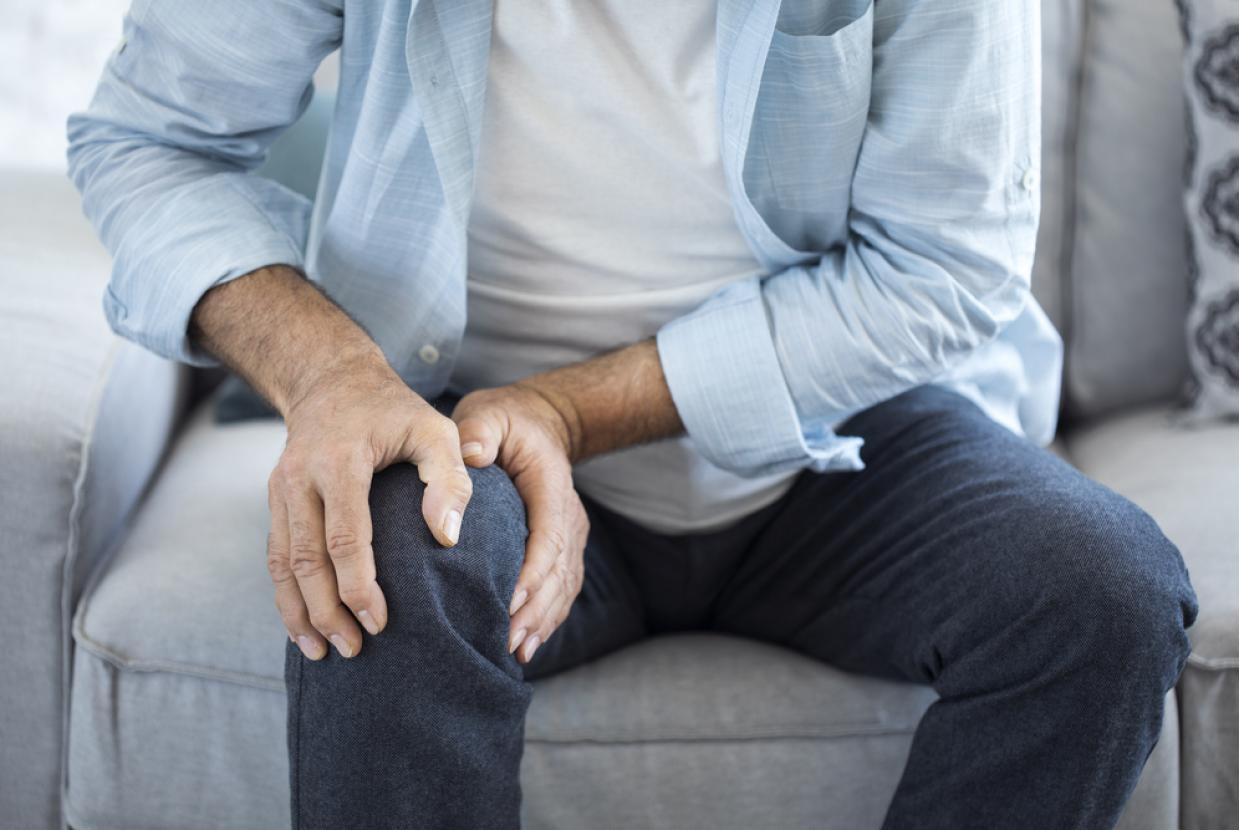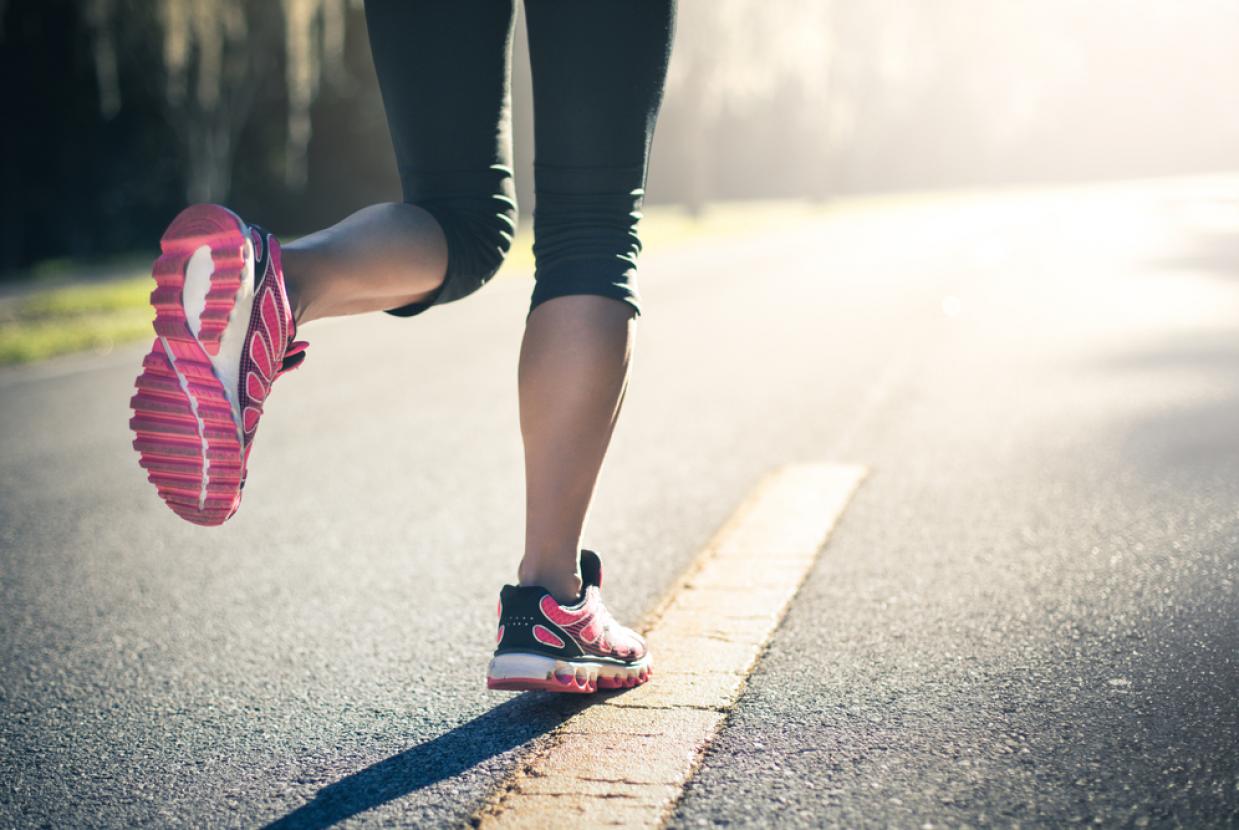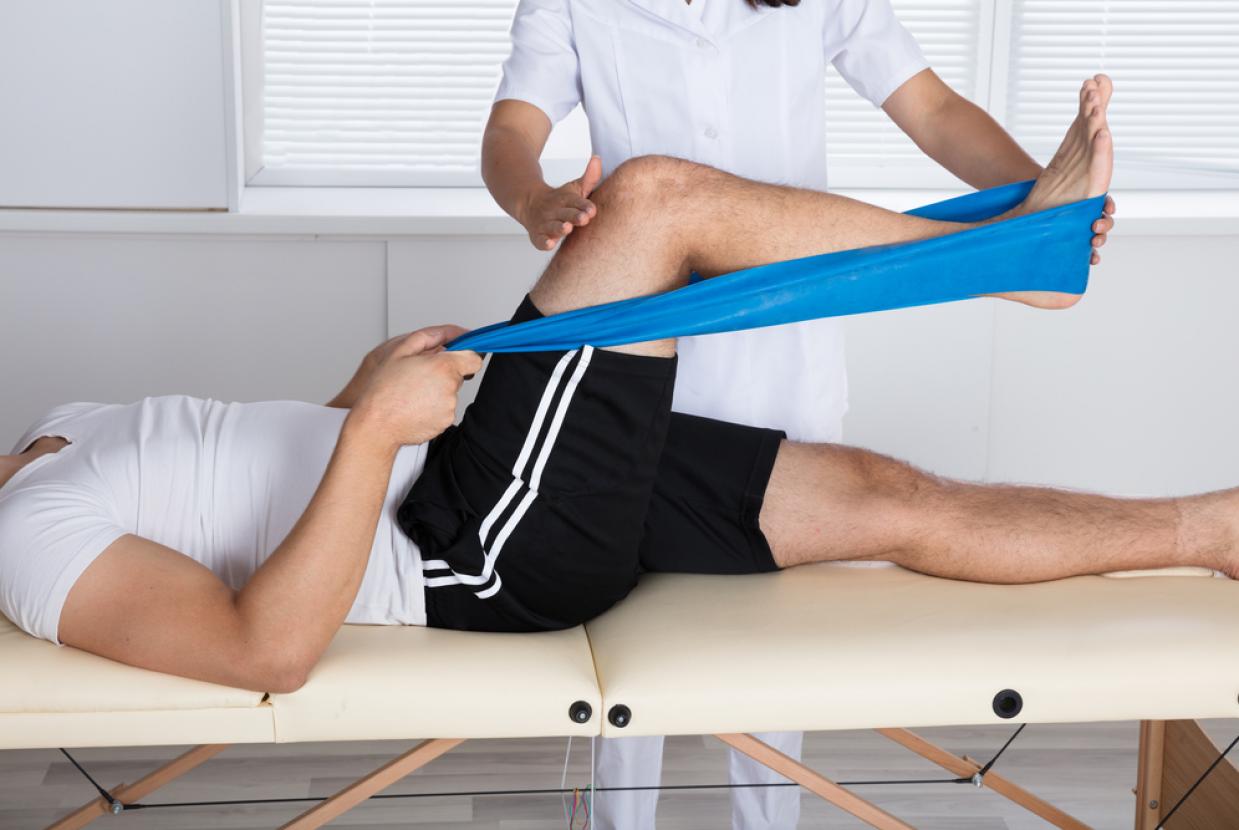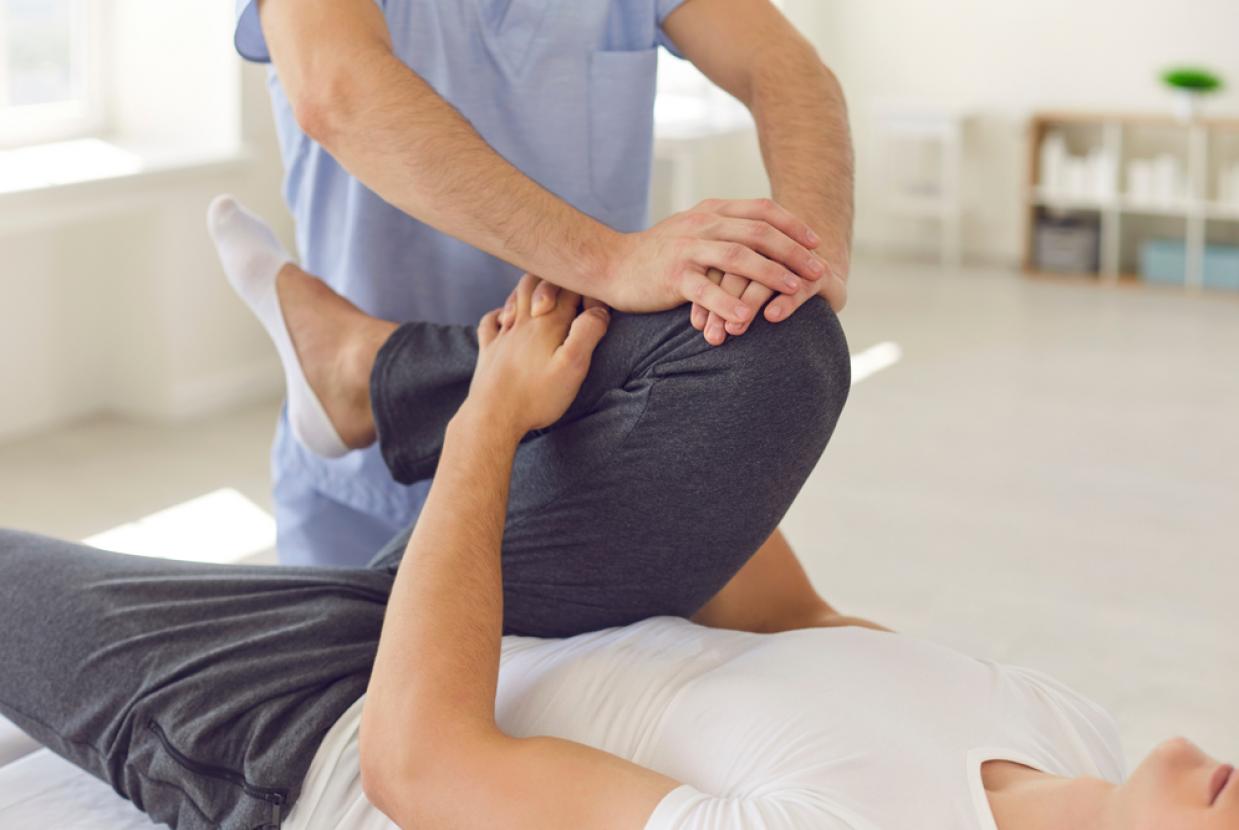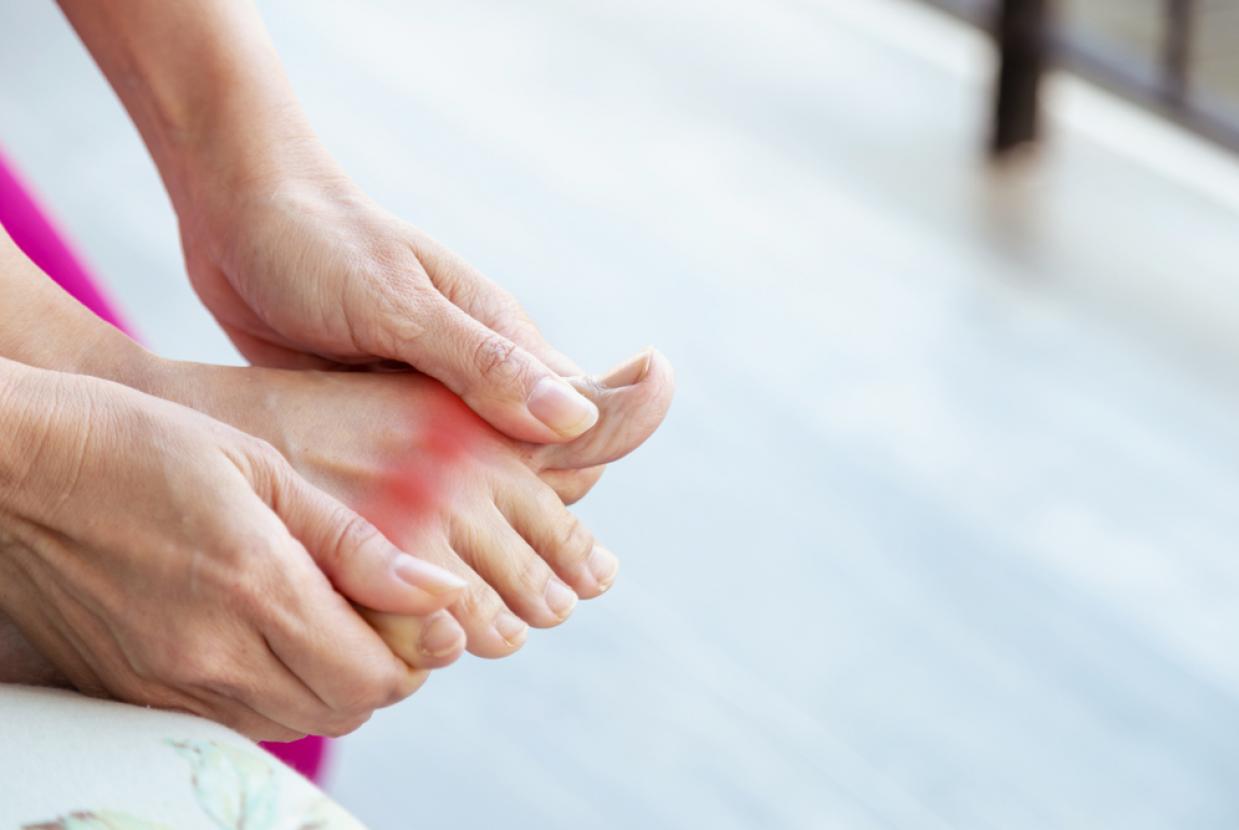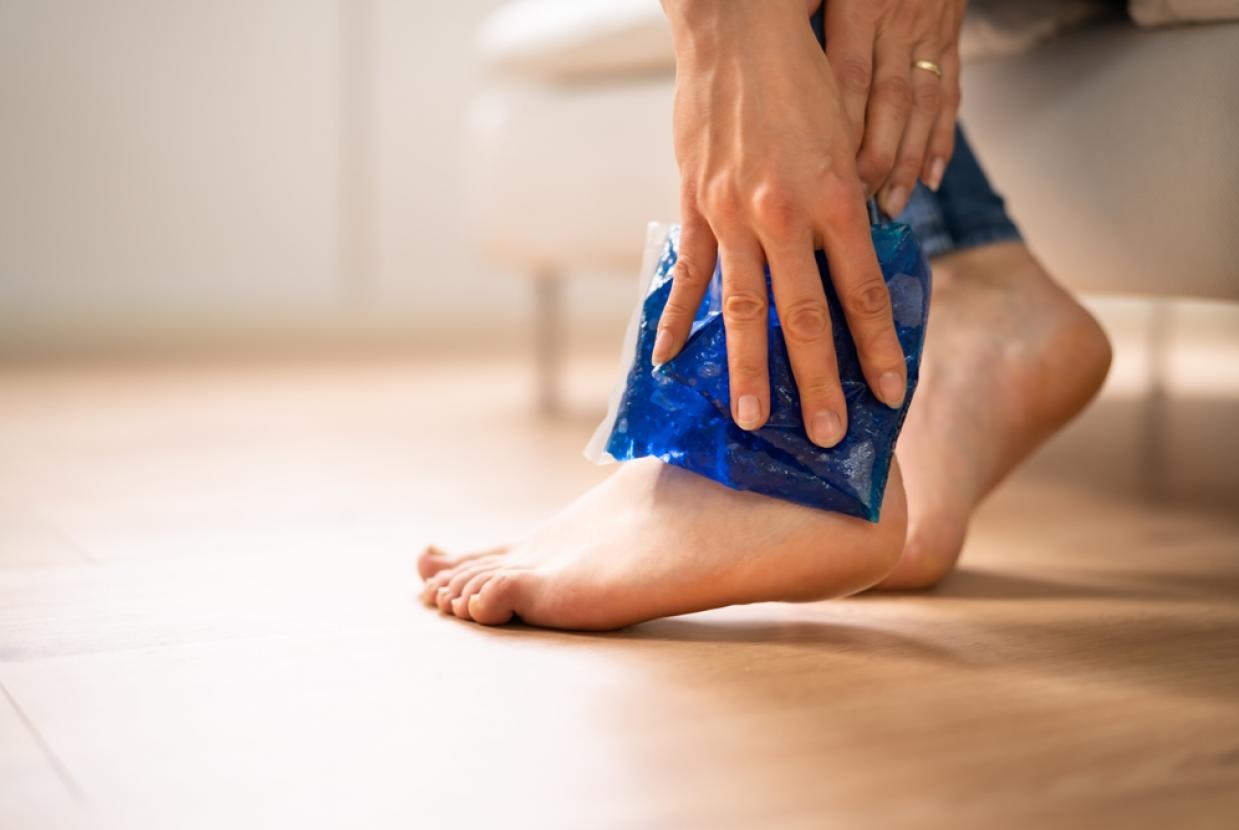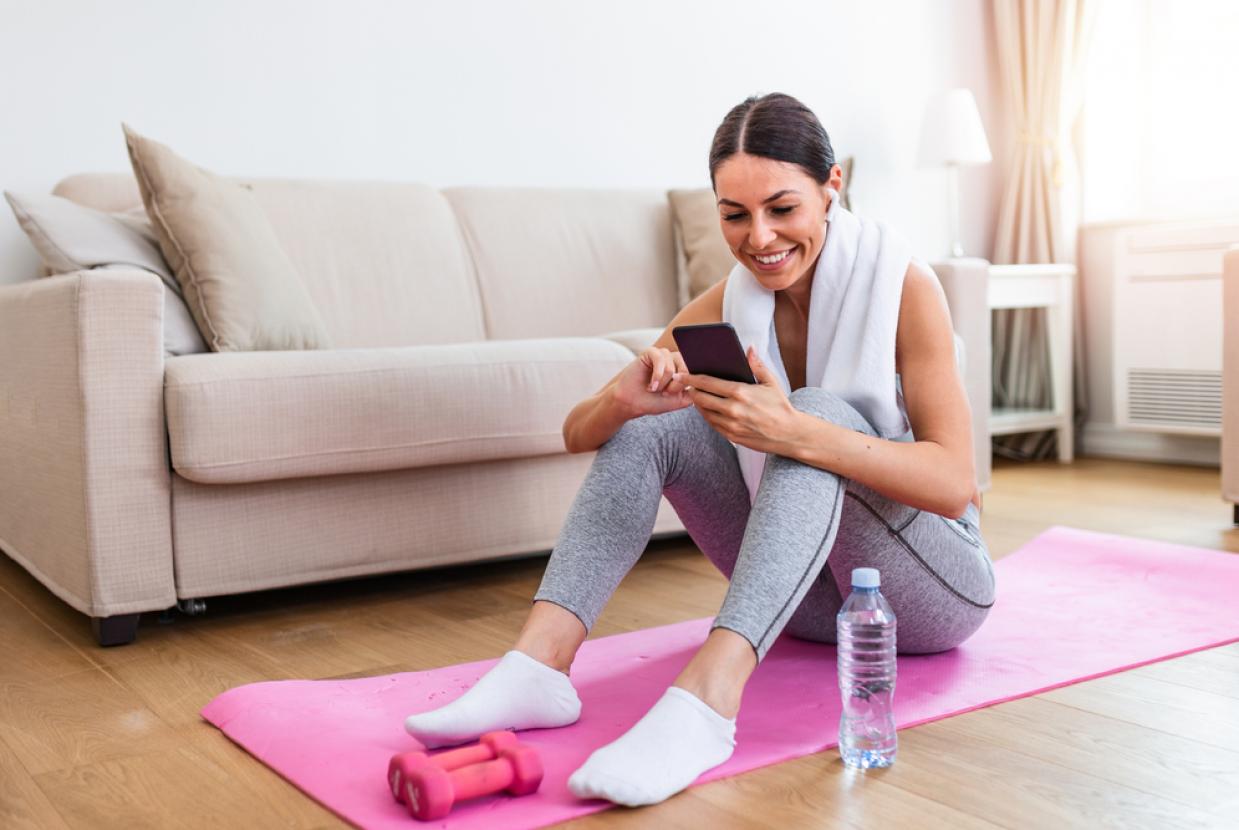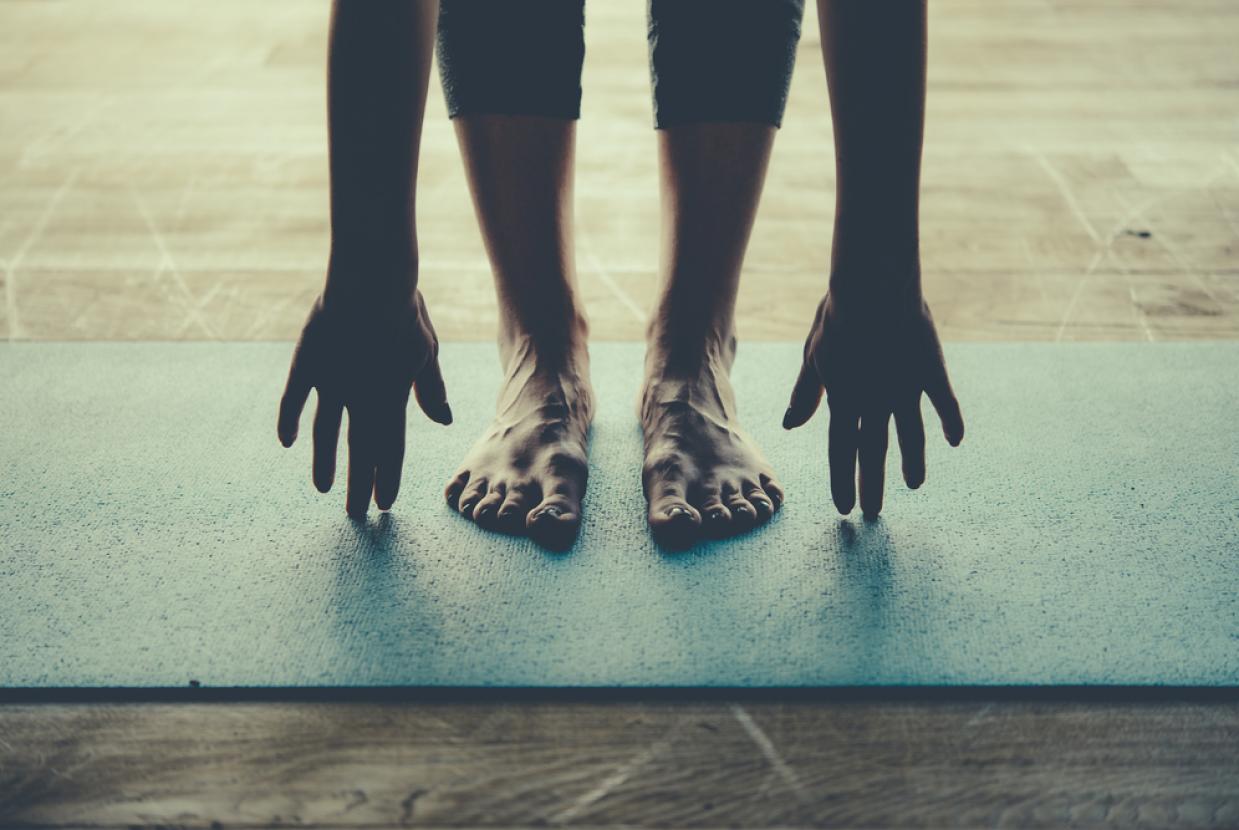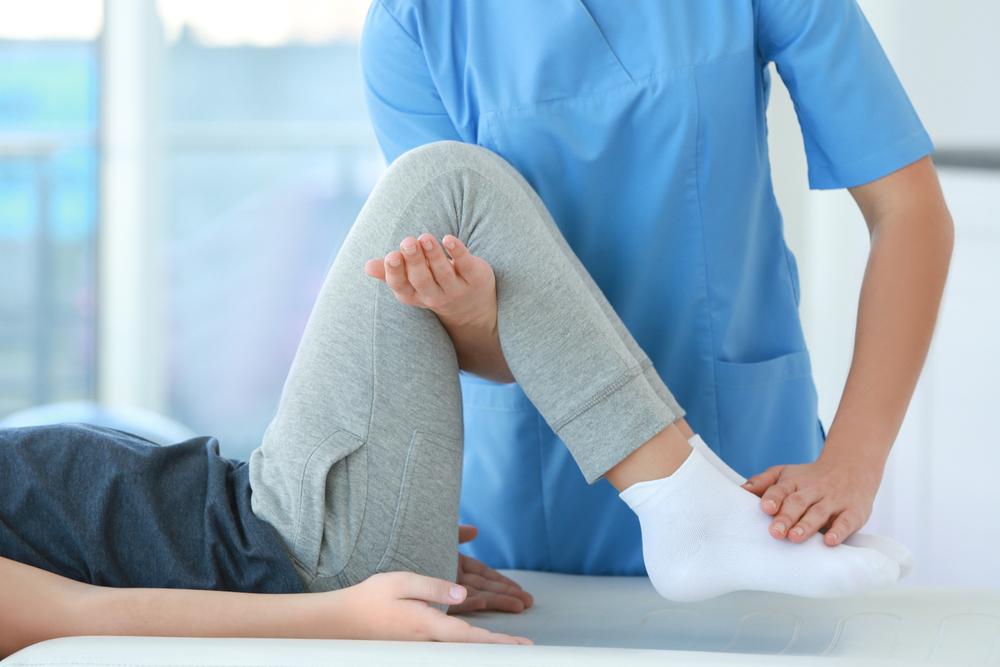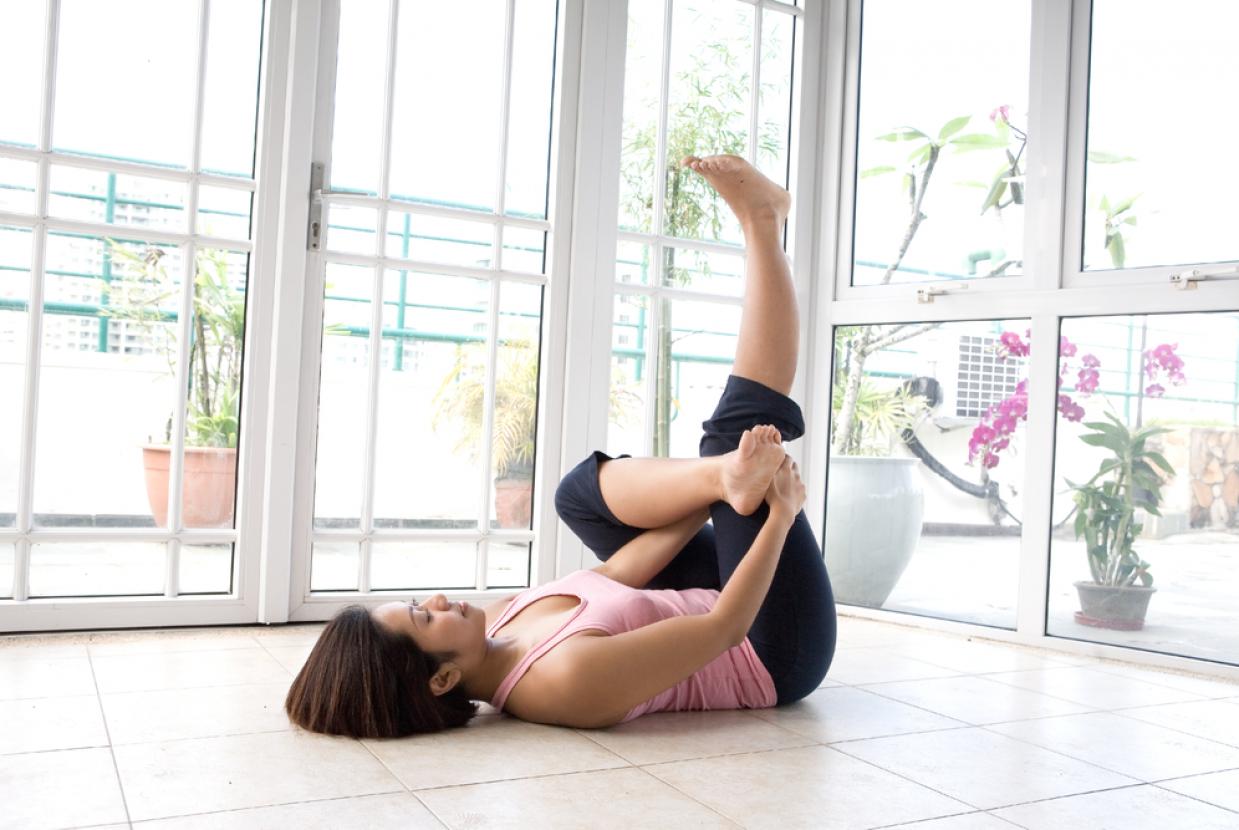Top Tips For Walking With Arthritis
Arthritis/Back Pain/Joint Pain / Get FitWalking is often recommended for people with arthritis because it’s a low-impact exercise that keeps the joints flexible, helps bone health, and reduces the risk of osteoporosis.
Want to put your best foot forward? Here David Pilbury, Clinical Physiotherapist, answers your questions about walking with arthritis.
I have arthritis, should I exercise?
Some people worry that exercising could make their arthritis worse. But the truth is being active is good for us and helps keep our joints healthy. “All the evidence suggests that exercising helps to strengthen your joints, maintain flexibility and improve your general health,” explains David.
The most important thing is to find an exercise that works for you, listen to your body, and build up slowly.
What are the benefits of walking?
Walking can help strengthen the muscles around your joints and help you maintain a healthy weight. It's also beneficial because:
- You can choose a distance and pace that suits you.
- Making movement part of your everyday routine, especially if you are working at home, can help ease stiffness and improve your posture.
- You don’t need any expensive equipment.
- It's usually a free activity (unless you walk on a treadmill at the gym).
- You can go for a walk pretty much anywhere. You could walk to work, take a stroll to your local shop, or take your dog for a lap around your street.
- Spending time in nature might help your mental health. Some people find that being mindful, observing your surroundings and being present in the moment (for example, looking out for flowers or listening to the sound of the birds) helps take their mind off their worries.
- Walking with family, friends, or joining a walking group is a great way to connect with others.
How much should I walk if I have arthritis? Can I overdo it?
“How much you should walk is deeply personal,” says David. “So, listen to your body, start slowly, and build up gradually. Then you’ll learn what’s right for you.”
As you become stronger, you’ll probably find that you’re able to walk a bit further or for longer. But if you ever experience a sharp pain or feel very stiff, try to do a bit less, rest, and check in with your healthcare team if you need to.
“There's a difference when joint pain and swelling is a result of ‘overdoing’ it,” says David. But not all pain is bad. If you’re pushing yourself, it’s natural to feel a bit of discomfort the next day.
“In some ways, some muscle ache and discomfort tells you that you're gaining and improving in certain areas,” explains David.
What clothes do I need?
What you wear will depend on how far you are walking, the terrain and weather. But it’s always a good idea to carry a waterproof jacket in case the weather changes.
Wearing layers can be helpful too. That way, you can take them off as you warm up and put them back on when you cool down.
“You might find it helpful to wear warm gloves if it’s cold, particularly if you have Raynaud’s phenomenon or other conditions that affect your circulation,” David adds.
If you want to carry a few essentials, such as a bottle of water, a backpack might be handy too. “It’ll leave you hands-free, distribute the weight comfortably, and ensure you’re not off balance.” “Finally, wear comfortable, supportive shoes, particularly if your foot or ankle are affected by arthritis.”
Expert tips on walking with arthritis
Want to get started walking? Here David shares his top tips:
Start slowly and build up
When you’re getting started, David suggests “taking it easy to begin with, and slowly but surely building up.” Think about how you could squeeze a walk into your daily routine. For instance, you could:
- Get off the bus a stop earlier and walk the final stretch.
- Arrange a walk with a friend.
- Walk your children to school.
- Join a weekly walking group.
Then once you get into the habit of walking more regularly, you could choose to gradually lengthen your walks or walk a few more days each week.
It’s also worth considering when you want to walk. If you feel particularly stiff or painful in the mornings, maybe a lunchtime walk might suit you best? Everyone’s different though, so find what works for you.
Make it interesting
“If an activity doesn't interest you enough, it's harder to keep that up,” says David. “It’s about finding what feeds your soul.” So, remind yourself of the benefits and try to make walking interesting to you. For instance, you could:
- Choose an interesting place to walk, such as a park, forest, or a city street which has some beautiful architecture.
- Listen to a podcast or audiobook while you walk.
- Be mindful and observe your surroundings as you walk.
- Walk with friends, family, or join a walking group.
You can find accessible walking groups across the UK, such as:
- Ramblers UK, who offer Wellbeing Walks across England.
- Walk NI, who offer walking groups in Northern Ireland
- Paths For All, who offer Health Walks in Scotland.
Try aids or equipment
Find walking a struggle? There are aids and equipment that might help you, but they aren’t essential. For instance, David says “walking poles can be really useful for some people, particularly when they're going up or downhill.”
“Not only does it combine both upper limb and lower limb movements, but it also gives you a bit of confidence and support."
Make it a habit
We know it can be hard to stay motivated. So, if you’re finding it hard, cut yourself some slack.
“If you're doing something that you've not done before, and you've taken those first steps and made a change, that's an achievement in itself,” says David. Other people find that making plans with others helps them stay motivated, so maybe you could go for a walk with friends, family, or join a walking group.
Don’t forget to stretch
Feeling stiff after a walk? Adding a few stretching and strengthening exercises to your routine can help to ease stiffness, strengthen your joints and might make walking a bit easier.
Set yourself a goal
Setting goals is a fantastic way to see how far you’ve come since you started walking. “It’s all about picking something meaningful to you," says David. "Then decide the amount of time you want to achieve it and consider how you can build up to that goal slowly but surely.
“You might want to take part in a charity walk. Maybe your goal is to be fit and healthy so you can play with your grandchildren or perhaps you want to be able to walk to your community centre, so you can take part in an activity or class.”











